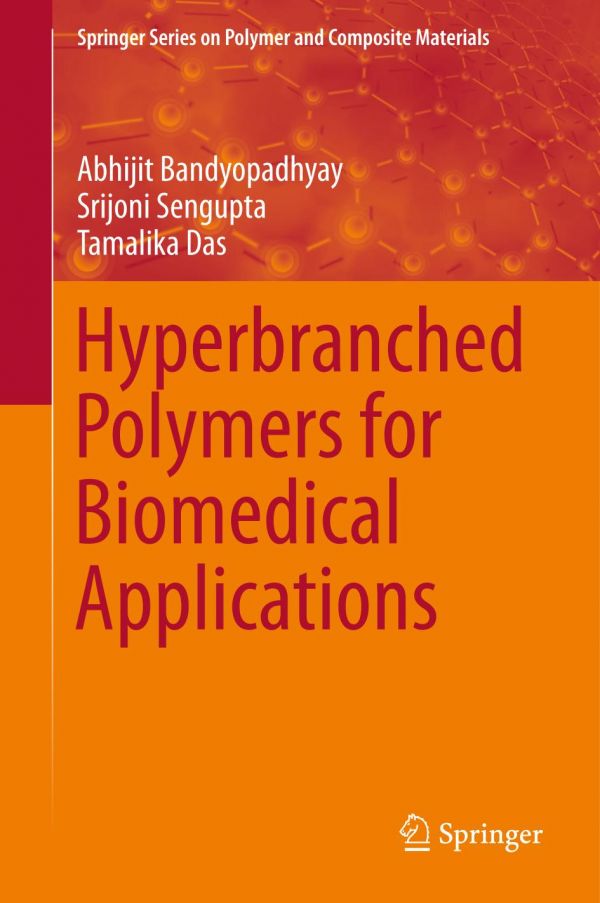

Most ebook files are in PDF format, so you can easily read them using various software such as Foxit Reader or directly on the Google Chrome browser.
Some ebook files are released by publishers in other formats such as .awz, .mobi, .epub, .fb2, etc. You may need to install specific software to read these formats on mobile/PC, such as Calibre.
Please read the tutorial at this link: https://ebookbell.com/faq
We offer FREE conversion to the popular formats you request; however, this may take some time. Therefore, right after payment, please email us, and we will try to provide the service as quickly as possible.
For some exceptional file formats or broken links (if any), please refrain from opening any disputes. Instead, email us first, and we will try to assist within a maximum of 6 hours.
EbookBell Team

4.8
84 reviewsThis book presents a comprehensive study on a new class of branched polymers, known as hyperbranched polymers (HBPs). It discusses in detail the synthesis strategies for these particular classes of polymers as well as biocompatible and biodegradable HBPs, which are of increasing interest to polymer technologists due to their immense potential in biomedical applications. The book also describes the one-pot synthesis technique for HBPs, which is feasible for large-scale production, as well as HBPs’ structure-property relationship, which makes them superior to their linear counterparts. The alterable functional groups present at the terminal ends of the branches make HBPs promising candidates in the biomedical domain, and the book specifically elaborates on the suitable characteristic properties of each of the potential biological HBPs’ applications. As such, the book offers a valuable reference guide for all scientists and technologists who are interested in using these newly developed techniques to achieve faster and better treatments.